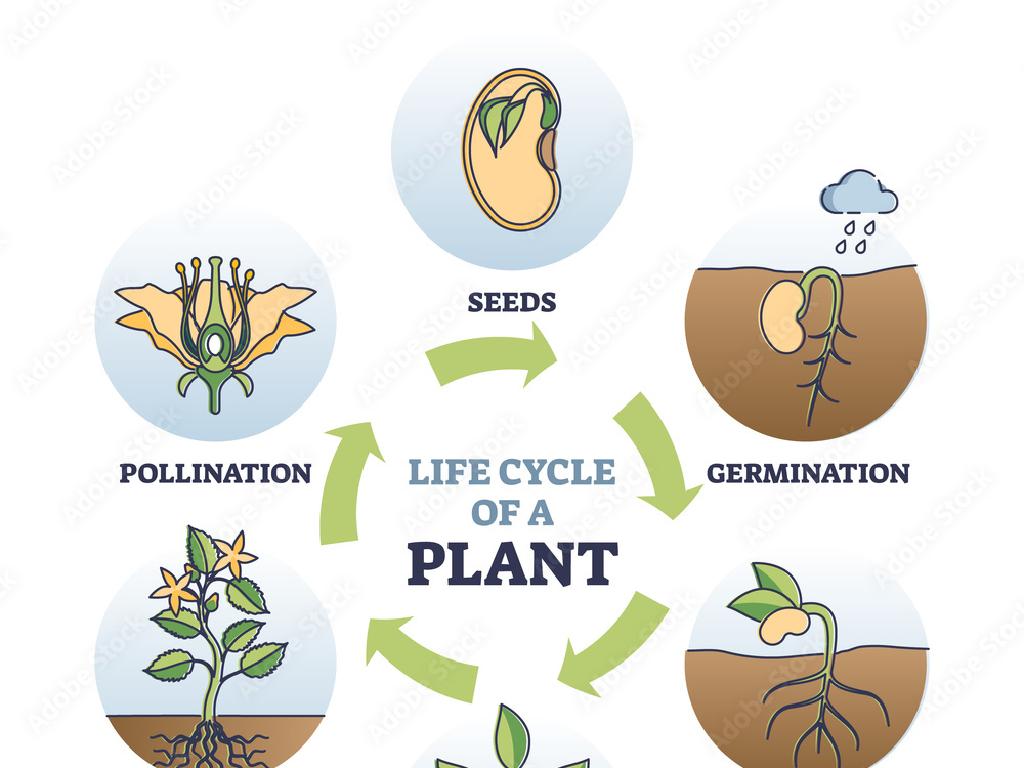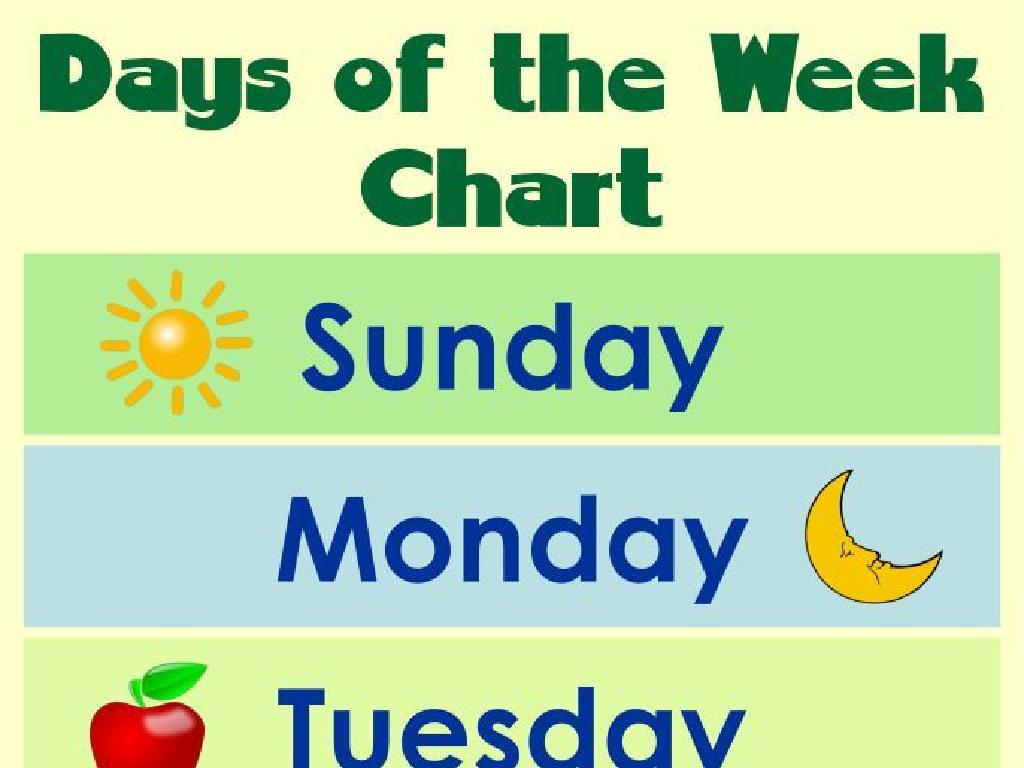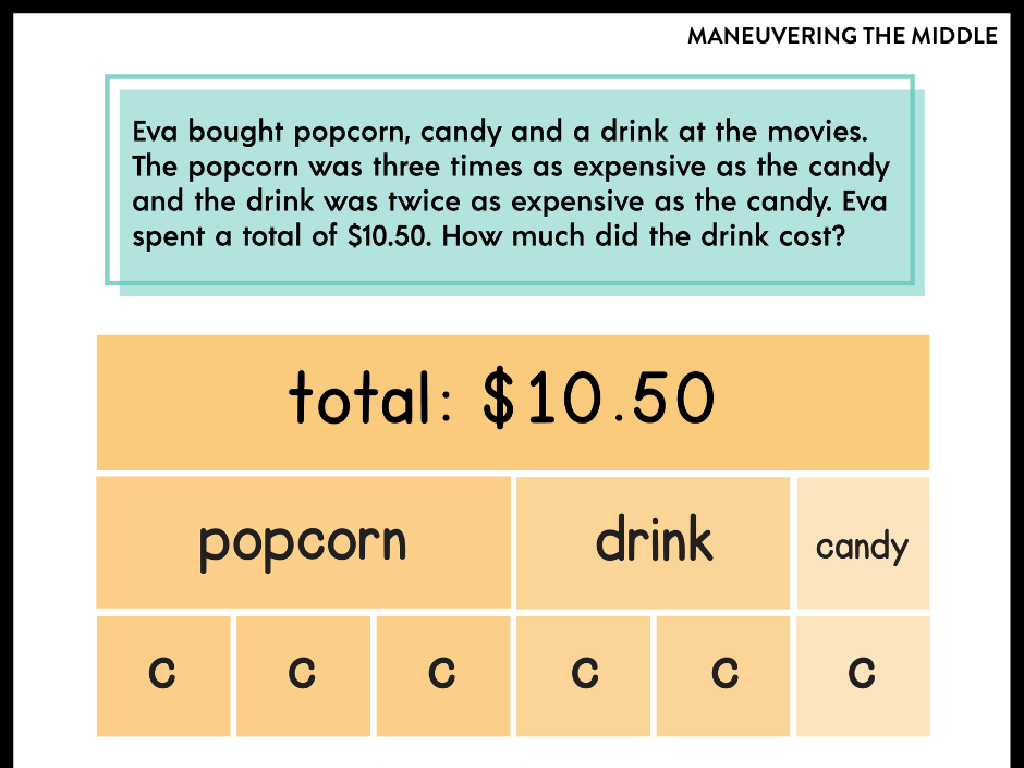Remove The Sentence That Does Not Belong
Subject: Language arts
Grade: Fourth grade
Topic: Organizing Writing
Please LOG IN to download the presentation. Access is available to registered users only.
View More Content
Organizing Writing: Staying on Topic
– Every sentence must match the main idea
– Sentences should connect to the topic like pieces in a puzzle.
– Remove out-of-place sentences
– Find the sentence that seems different or off-topic.
– Organized writing is clear and enjoyable
– Why organizing matters
– It helps readers understand and follow our thoughts.
|
In this lesson, students will learn the importance of coherence in writing by identifying and removing sentences that do not support the main idea. Start by explaining that each sentence in a paragraph should fit together to form a clear picture, much like puzzle pieces. Emphasize that a sentence that doesn’t match the main idea can confuse the reader. Discuss why organized writing is important: it helps the reader follow the writer’s thoughts and makes the text more enjoyable to read. Encourage students to think about the main idea as the heart of their writing, and every sentence should contribute to this central point. Activities can include reviewing sample paragraphs and identifying sentences that don’t belong, and rewriting paragraphs to improve coherence.
Understanding the Main Idea
– What is a main idea?
– It’s the most important point of a paragraph or essay
– Main idea is the focus point
– Writing revolves around it
– Think of it as the topic everything else talks about
– Supporting sentences are key
– These sentences back up the main idea with details and examples
|
This slide introduces the concept of the main idea in writing, which is essential for organizing paragraphs and essays. The main idea is the central point or message that the writer wants to convey to the reader. It’s what the writing piece is primarily about. Every other sentence in the paragraph should serve to support, explain, or expand on this main idea, providing evidence or examples. When teaching this concept, emphasize the importance of identifying the main idea and ensuring that all other sentences are relevant and contribute to explaining or strengthening that idea. Use examples of paragraphs where one sentence doesn’t fit, and have students practice identifying and removing the unrelated sentence.
Crafting Strong Paragraphs: Supporting Sentences
– What are supporting sentences?
– They follow the topic sentence and give more information about it
– Supporting sentences add details
– Examples, facts, or statements that make the topic clearer
– They explain or prove the main idea
– Like detectives, they give evidence to show the topic sentence is true
– Ask: Does this fit the main idea?
|
In this slide, we focus on the role of supporting sentences in a paragraph. Supporting sentences should directly relate to the main idea presented in the topic sentence. They can include examples, reasons, facts, or details that elaborate on the topic. Encourage students to critically evaluate each sentence by asking if it contributes to the main idea. If a sentence doesn’t support the main idea, it may not belong in the paragraph. Use examples from familiar stories or have students practice with sample paragraphs, identifying the main idea and supporting sentences to reinforce the concept.
Spotting the Odd One Out
– Sentences must support the main idea
– Remove sentences that don’t fit
– Find sentences that seem out of place or irrelevant
– Odd sentences can confuse readers
– These don’t help the reader understand your story or topic
– Keep writing clear and focused
|
This slide is aimed at teaching students the importance of coherence in writing. Each sentence within a paragraph should contribute to the main idea. When a sentence doesn’t support the main idea, it can distract or confuse the reader. Students should learn to identify such sentences and understand that removing them can make their writing clearer and more effective. During the lesson, provide examples of paragraphs with sentences that don’t belong, and guide the students through the process of identifying and removing them. Encourage students to practice this skill by reviewing their own writing or working with a partner to review each other’s work.
Organizing Writing: Spot the Odd Sentence Out
– Read the paragraph as a class
– Find the main idea together
– The main idea is what the paragraph is mostly about
– Spot the sentence that doesn’t fit
– Look for a sentence that seems different or off-topic
– Discuss why it doesn’t belong
– Understanding why will help us become better writers
|
This slide is aimed at teaching students how to organize their writing by identifying sentences that do not contribute to the main idea of a paragraph. Start by reading a sample paragraph together in class. Then, guide the students to identify the main idea of the paragraph. Once the main idea is established, ask the students to find the sentence that doesn’t support that main idea. Discuss as a class why that sentence does not belong, focusing on how each sentence should contribute to the paragraph’s main point. This exercise will help students understand the importance of coherence in writing and improve their editing skills.
Let’s Practice: Organizing Our Writing
– Read the given paragraph
– Work with a partner
– Discuss with your partner to find the sentence
– Spot the odd sentence out
– Look for the sentence that doesn’t fit the main idea
– Be prepared to explain why
|
This slide is for a class activity aimed at teaching students how to organize their writing by identifying irrelevant sentences. Provide a paragraph to the class, and instruct them to work in pairs to find the sentence that doesn’t support the main topic or idea of the paragraph. Once they identify the odd sentence out, ask them to be ready to explain their reasoning. This activity will help students understand the importance of coherence in writing and improve their editing skills. For the teacher: Prepare paragraphs with a clearly unrelated sentence to make the activity accessible for fourth graders. Consider walking through an example as a class before they begin.
Class Activity: Spot the Odd Sentence!
– Write about your favorite hobby
– Sneak in a mismatched sentence
– Include a sentence that’s off-topic or doesn’t fit
– Swap papers with a classmate
– Find the odd sentence out
– Use your detective skills to spot the sentence that doesn’t belong
|
This activity is designed to help students understand the importance of coherence in writing. By writing a paragraph about a topic they are familiar with, students will be able to focus on the structure rather than the content. Including a sentence that doesn’t fit will challenge them to think critically about how each sentence contributes to the overall topic. When they trade papers, they will practice identifying inconsistencies in their partner’s writing, which will reinforce their understanding of the concept. For the teacher: Prepare a few examples to demonstrate the activity. Encourage students to discuss why the identified sentence doesn’t fit. This will help them to articulate their understanding of the topic and improve their analytical skills.
Review and Reflect: Organizing Our Writing
– Importance of relevant sentences
– Keeps writing clear and focused
– Organizing writing aids comprehension
– Helps readers follow and understand better
– Reflect on today’s lessons
– Share your learning with the class
– Think about what you’ve learned and how you’ll use it
|
This slide aims to consolidate the day’s learning about the importance of coherence in writing by removing irrelevant sentences. Discuss why each sentence should contribute to the main idea, and how stray sentences can confuse the reader. Emphasize that good organization makes it easier for readers to follow the writer’s thoughts and arguments. Encourage students to reflect on what they’ve learned about organizing writing and to share their thoughts. This reflection helps reinforce their understanding and allows them to articulate the value of the lesson in their own words.





